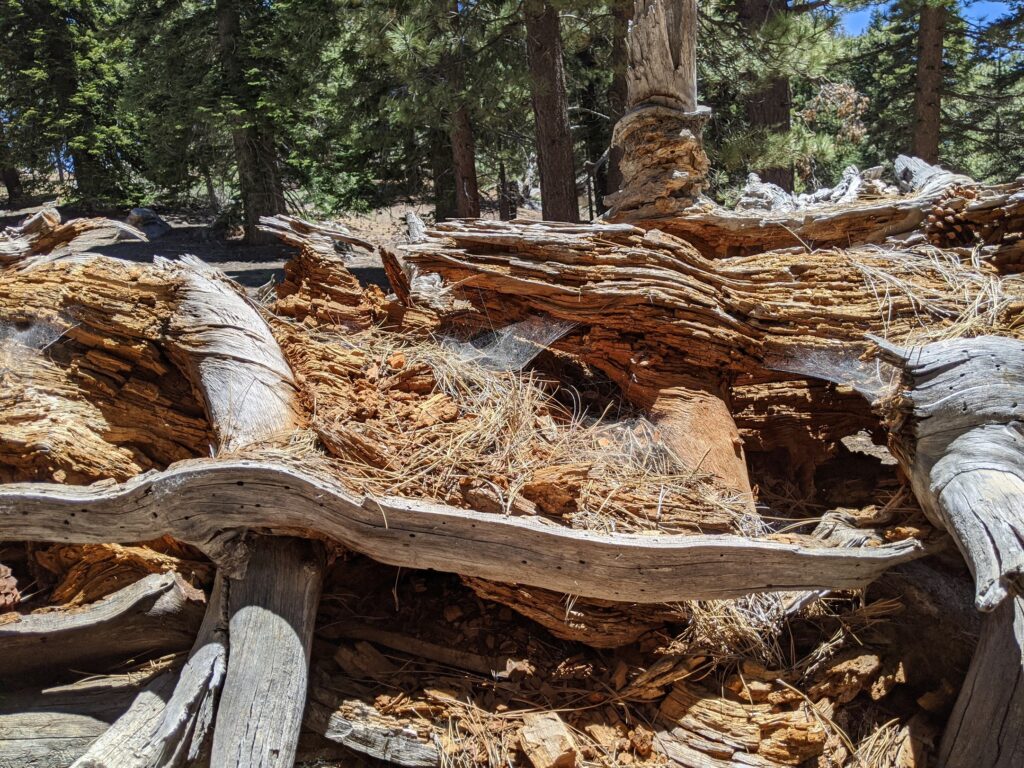Yesterday, I mentioned that cycles are a favorite pattern of mine. Truth-be-told, I think helping children learn about closed loop systems (my favorite type of cycle) is one of the most important things we can do at this time in Earth’s history.
Why? The short and sorrowful story is that almost all human designed factory-style systems are linear systems with massive amounts of waste at every step in the manufacturing process and after. This waste and the depletion of natural resources that accompanies it are major contributors to the mess we’ve made of our planet.
Now, take a walk in the woods. The only waste-products you will find were left there by careless humans. In the forest, there is no waste. None! Zero! Nada! Every bit of material that is no longer useful to a living being becomes an input for another: poop, dead bodies, leaves, etc. all are recycled. For example, trees in the forest take up minerals from the soil through their roots and use those nutrients to grow, including growing leaves. When the leaves fall they contain the perfect mixture of mineral nutrients needed by the tree. The leaves are decomposed by visible and invisible creatures that live in the leaf litter and soil and the nutrients contained from the leaves are ultimately returned to the soil. As the next step in this cycle, those nutrients are taken up by trees and the whole process begins again.
I like to talk with children, while walking in the woods, about what happens to things that break at their house. Then I ask them about what happens when things break in the woods. I also like looking for things “turning into dirt” while we’re walking. This is not just an activity for older kids. I’ve had 4-year old children become expert at spotting formerly living stuff turning into dirt. While we’re walking and talking when they spot things turning into dirt, I’ll ask them who is doing the work. Sometimes we can see rhizomorphs (i.e., white or sometimes orange networks of fungal fibers called mycelium) and/or insects in “rotting” wood eating away. I’ll also talk with them about where stuff came from and what they think will happen to it next, stuff like water, acorns, pine needles and pine cones.
As a parallel activity that seems particularly suited to this strange time, start taking an inventory with your children about what comes into and leaves your house and where it comes from and where it goes. Really, make a list of all of the inputs to and outputs from your home that you can think of. Then maybe explore a particular item’s past and it’s future and draw a flow chart for it. Here’s my flow chart for the take-out food we got for lunch today.
Farm => Grocery Store => Restaurant => My House => Septic Tank
For a great 25-minute video suitable for folks 6-99, please watch The Story of Stuff on youtube!
